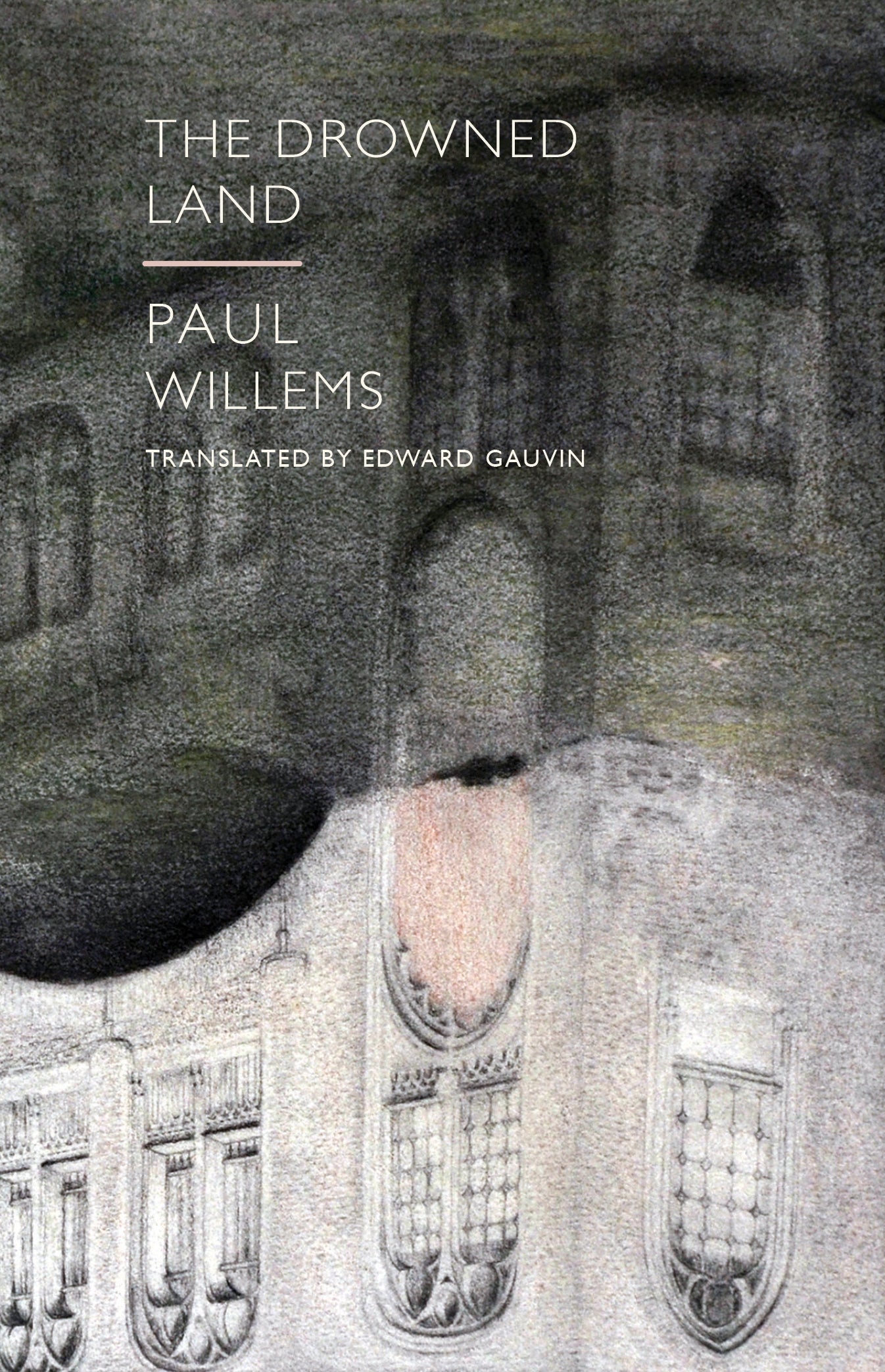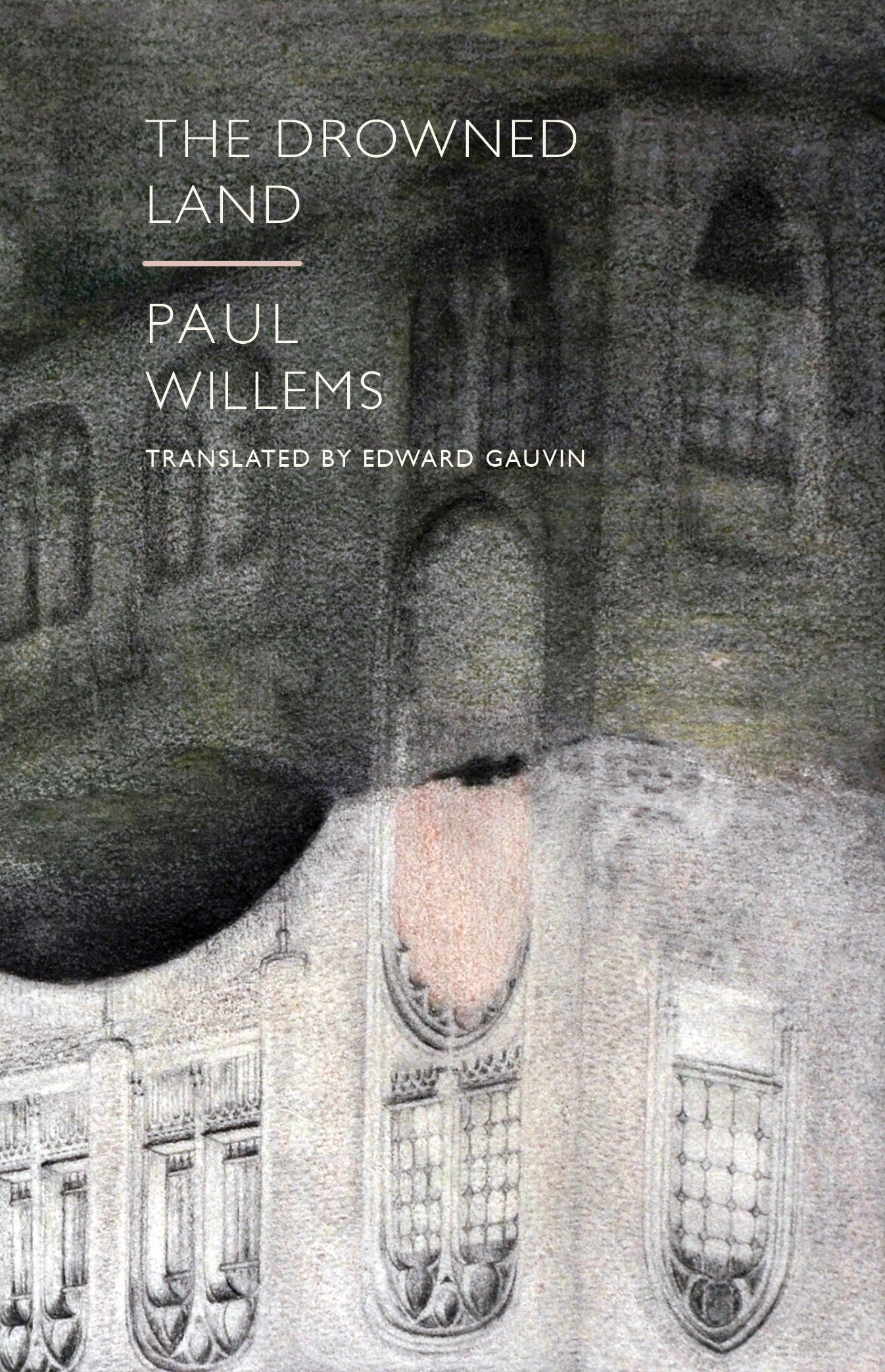The Drowned Land
The Drowned Land
Paul Willems
Couldn't load pickup availability
Translated, with an introduction, by Edward Gauvin / May 2026 / 4.5 x 7, 96 pp. / 978-1-962728-13-3
The city of Aquelon is sheltered by moored lightsails, ensconced in a calm and misty land where the division between water and sky has dissipated. Its people are happy, living an ecstasy of subtle frissons, free of jealousy and any ties to affection. Aquelon’s olive-skinned women select their lovers, either with a flutter of an eyelid from a café terrace or through a nocturnal visit through an open window in their role as water-maid. The Emperor of Aquelon has signed a final law repealing all past and future laws and has cast his crown upon the waters. It is the era of the ineffable, without distinction between life and death, and in which the lure of water leads even children to live and die as flowers, drowning themselves with smiles to drift down the estuary to a shoreless horizon of eternity.
A traveler arrives to this idyllic paradise, speaking of Rome’s marble palaces and monuments—the land of Virgil with laws carved into stone. And Aquelon’s reign of dream begins to come apart under the destructive force of desire and the violence of nothingness as rituals are broken and nights are consumed by shrieks of horror.
Paul Willems spent three years working on The Drowned Land, transforming his memories of the Drowned Land of Saeftinghe into an oneiric Atlantis. Its ruins of reverie offer up a luminous pessimism.
Paul Willems (1912–1997) published his first novel, Everything Here Is Real, in 1941. Three more novels and, toward the end of his life, two collections of short stories bracketed his career as a playwright.


